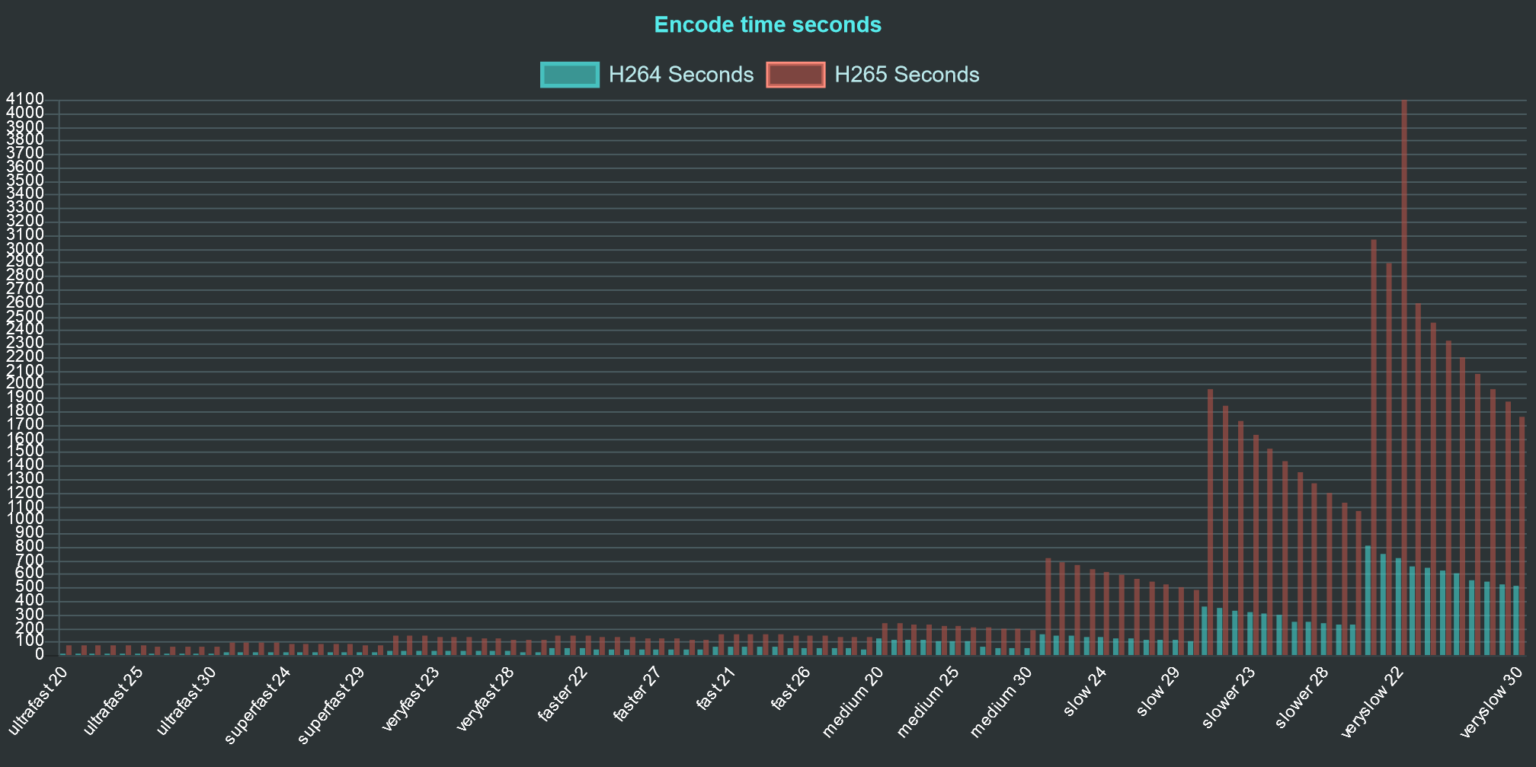
In your AVFrame, data will contain your single buffer RGBRGBRGB.This is your standard 24 bits per pixel RGB.Note that the exact sizes of buffers may vary depending on alignment.

Pixel formats are stored as AVPixelFormat enums.īelow are descriptions for a few common pixel formats.

The last statement in your edge will be the output of your command:Į.g. The filter syntax allows you to chain multiple filters where each filter is an edge.įor example, split creates two vertices t1 and t2 from input 0. Useful for extracting frames from timelapses.įfmpeg -i input.mp4 -vf mpdecimate,setpts =N/FRAME_RATE/TB out.mp4įilter complex allows you to create a graph of filters. This will add the following sidedata which you can see using ffprobe: To add 360 video metadata, you should use Google's spatial-media. Sometimes you may run into errors where height or width is not divisible by 2.įfmpeg -i input.mp4 -vf "v360=eac:e,scale=iw:-2" output.mp4Ĭonverting to rectilinear ffmpeg -i input.mp4 -vf "v360=e:rectilinear:h_fov=90:v_fov=90" output.mp4 You can convert this to the traditional equirectangular format as follows:įfmpeg -i input.mp4 -vf "v360=eac:e" output.mp4

See v360 filter Converting EAC to equirectangular 3 – Rotate by 90 degrees clockwise and flip vertically.2 – Rotate by 90 degrees counter-clockwise.0 – Rotate by 90 degrees counter-clockwise and flip vertically.Ffmpeg -i input.mp4 -vf "transpose=1,transpose=1" output.mp4


 0 kommentar(er)
0 kommentar(er)
